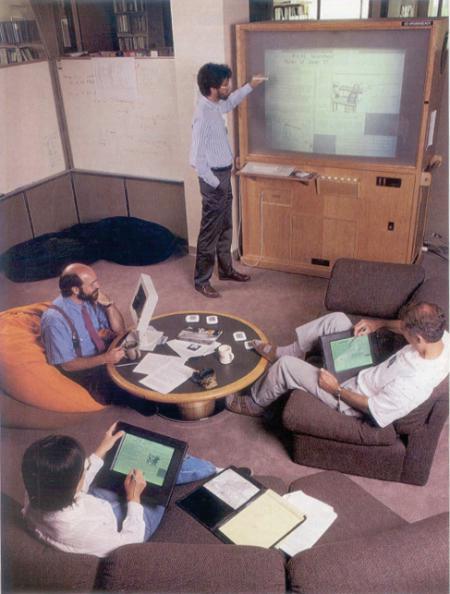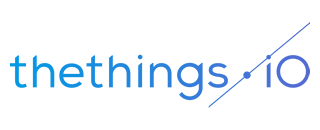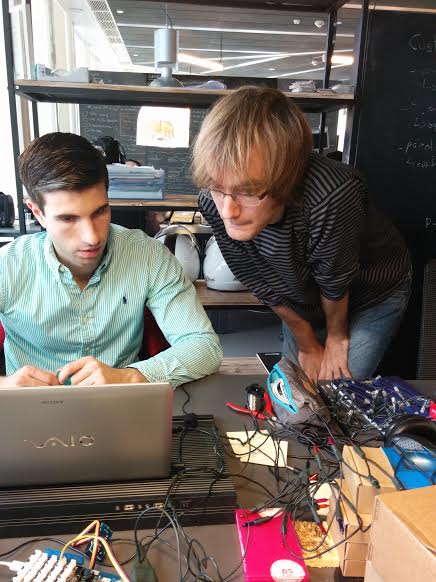thethings.iO Top Picks from CES 2015
Every January, techies from around the world flock to Vegas for CES, the Consumer Electronic Show, to show off their latest innovations and catch a glimpse of the newest technology. CES 2015 was the largest in the event’s history, with more than 3,600 exhibitors– many of which were startups flaunting the latest IoT gadgets.
As we can see from CES 2015, the world of technology is constantly growing, and here at thethings.iO we know that it is becoming increasingly difficult for developers to keep up. We offer back-end support for your cloud solution, a customizable front-end user interface, analytical tools, interoperability, and guaranteed protection of the customer’s data, so developers can focus on what they do best: building cool things. Take a look at some of our favorite CES 2015 IoT launches, and learn about some of the things we would LOVE to connect to the Internet!






